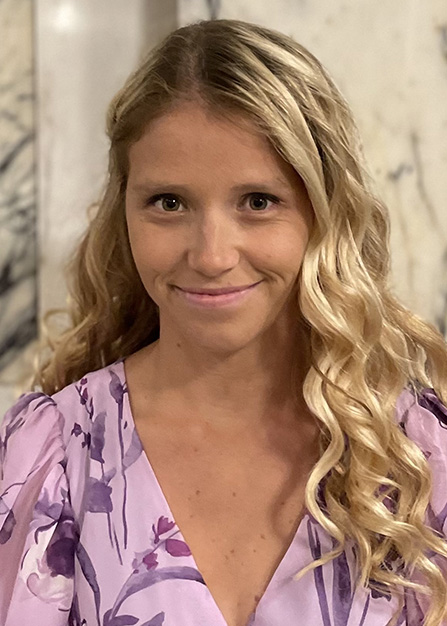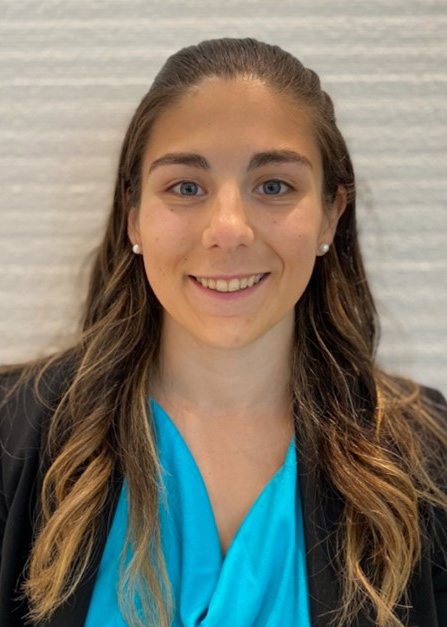Medical Physics Seminar – Monday, October 3, 2022
Advancing the Utility of CT-Ventilation Biomarkers in Functional Avoidance Radiation Therapy

Mattison Flakus
Medical Physics Graduate Student, UW-Madison
Lung functional avoidance radiation therapy is a treatment approach in which irradiation of high functioning lung is minimized with the goal of preserving post-therapy lung function. At UW-Madison, CT-derived biomarkers are used to represent local variation in lung ventilation. Our research focuses on further developing and understanding these CT-ventilation biomarkers. Specifically, their variability, robustness to image quality, and ability to aid prediction of pulmonary toxicities are investigated.
Modeling Radiation-Induced Changes in Perfusion for Improved Functional Avoidance Lung Cancer Therapy

Antonia Wuschner
PhD Student, UW-Madison
Functional avoidance radiation therapy is a promising technique that shows potential to reduce radiation induce lung injury in non-small cell cancer patients. Execution of this technique requires development of comprehensive predictive models for RILI. Commonly this has been done using imaging modalities such as SPECT, which can provide both ventilation and perfusion information, or through the use of aerosols in CT, PET, and MRI. However, in order for these models to become integrated into clinical practice, they must be executable in current clinical workflow. For this reason, 4DCT is an exceptional option due to its high spatial resolution and routine use in treatment planning and is the preferred imaging modality used in our previous work at the University of Wisconsin- Madison (UW). Some groups have begun developing predictive models derived from 4DCT, but to date all functional-avoidance studies using 4DCT have focused on assessing only ventilation metrics which do not provide a comprehensive assessment of lung damage. This work expands upon current functional avoidance algorithms at UW, which are exclusively ventilation based, by assessing the perfusion changes caused by radiation.
Radiation-induced changes in perfusion are quantified in both irradiated and non-radiated regions to create a predictive model of damage. Additionally, this work shows preliminary results and presents the possibility of deriving perfusion from a standard non-contrast CT-simulation using a novel vascular segmentation workflow.